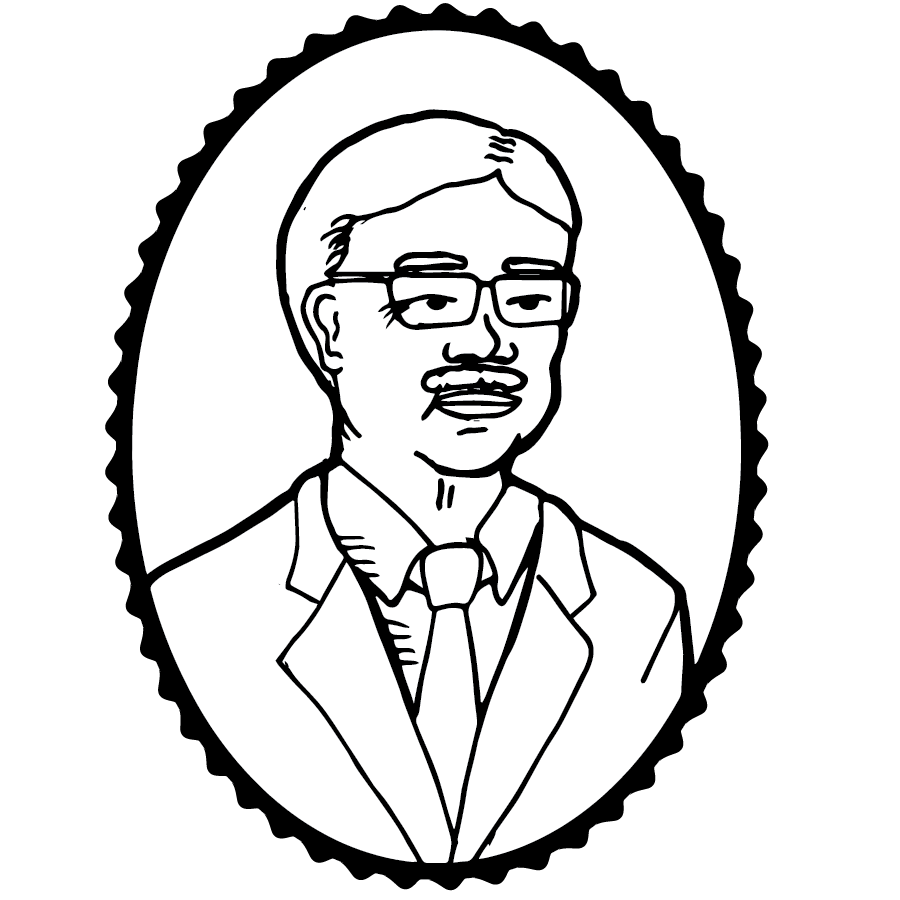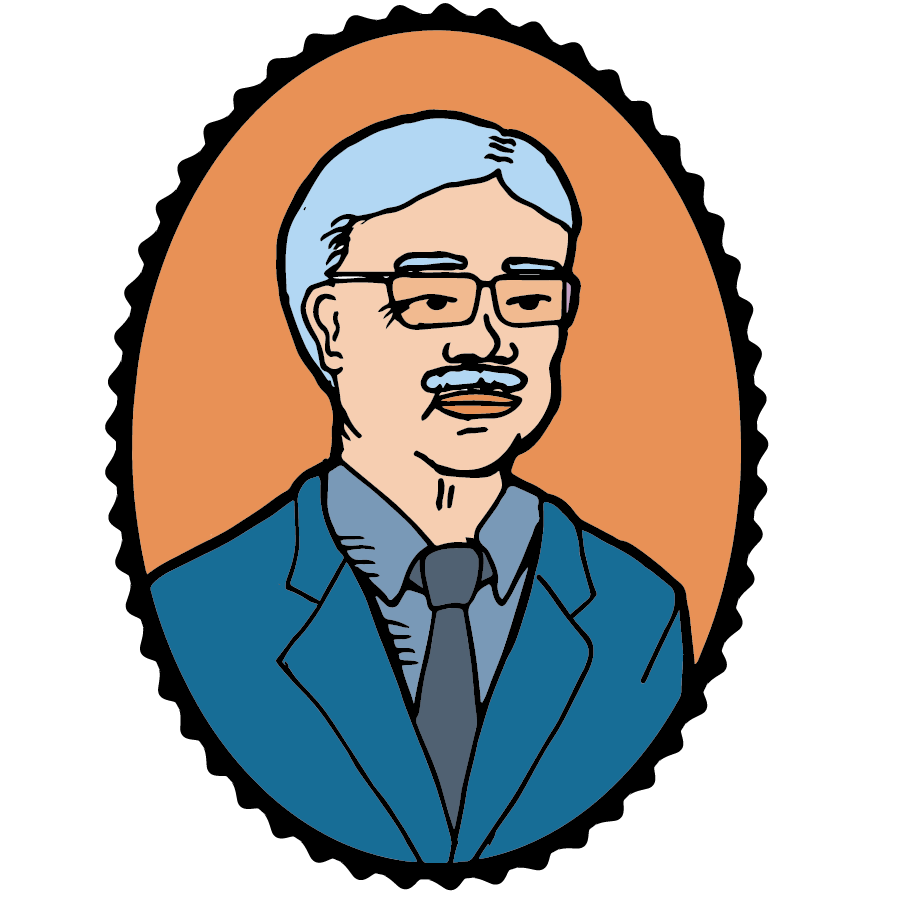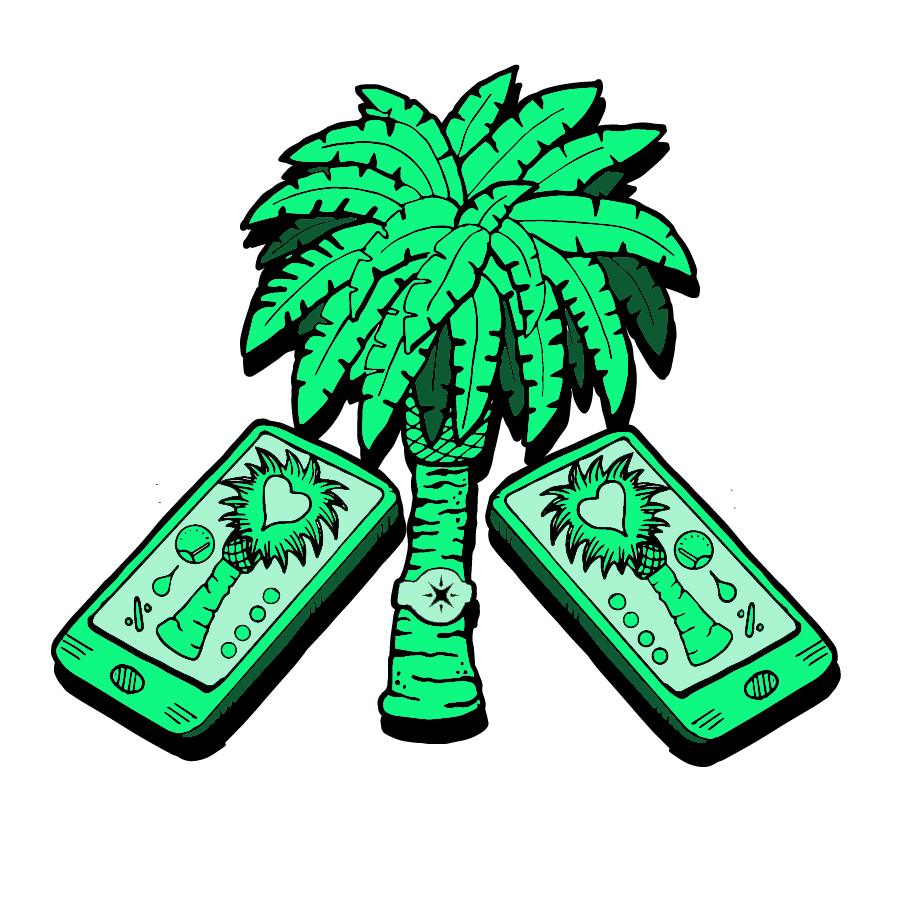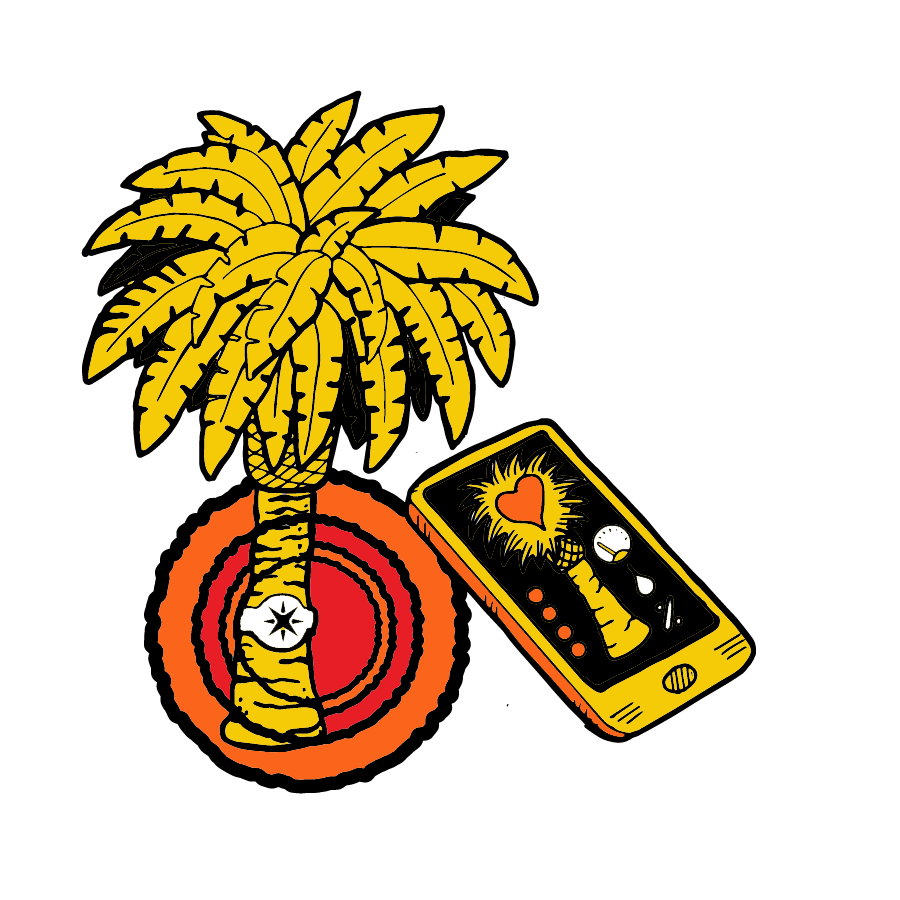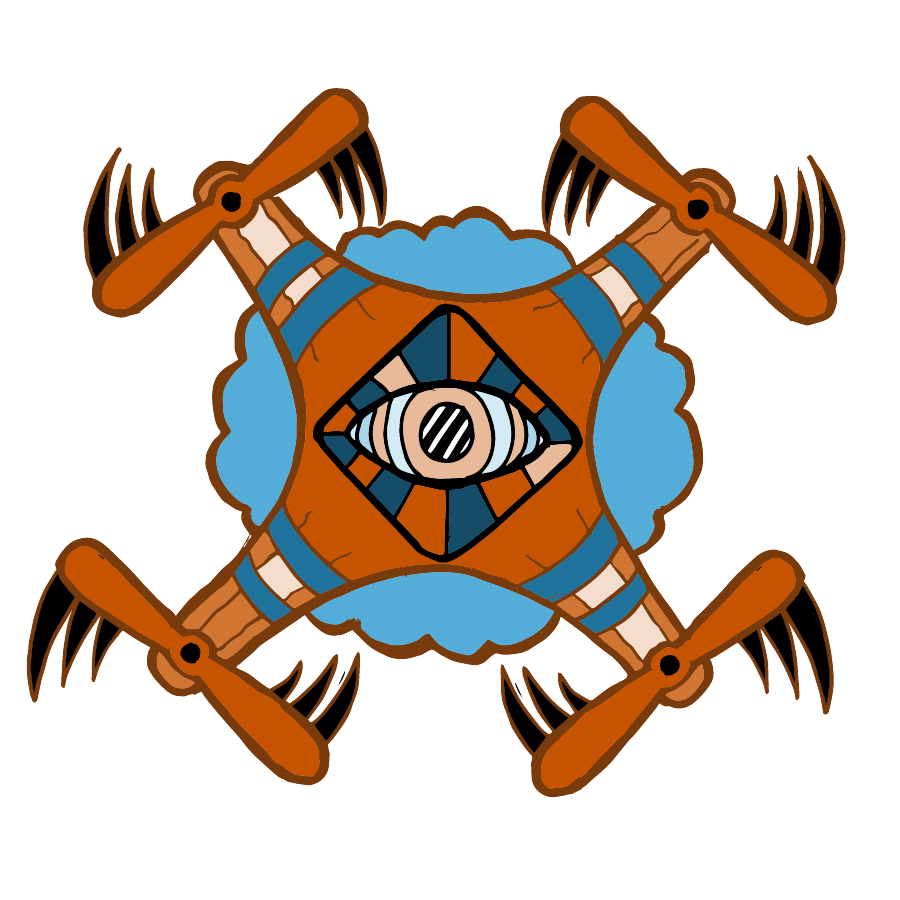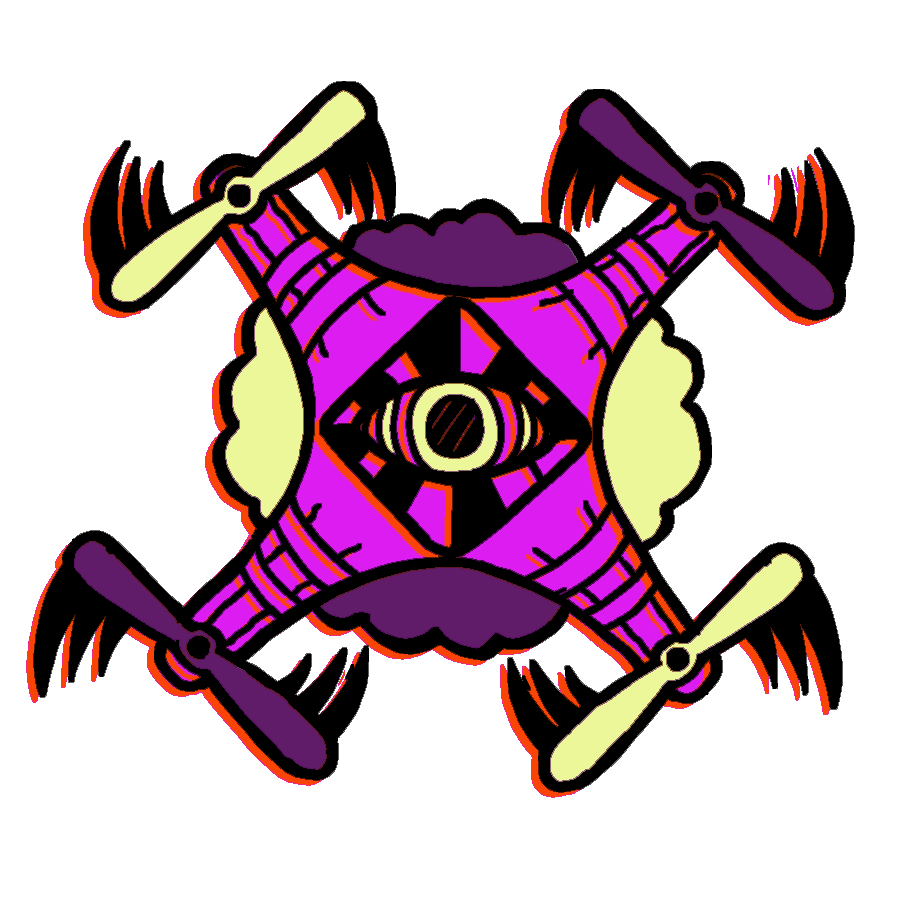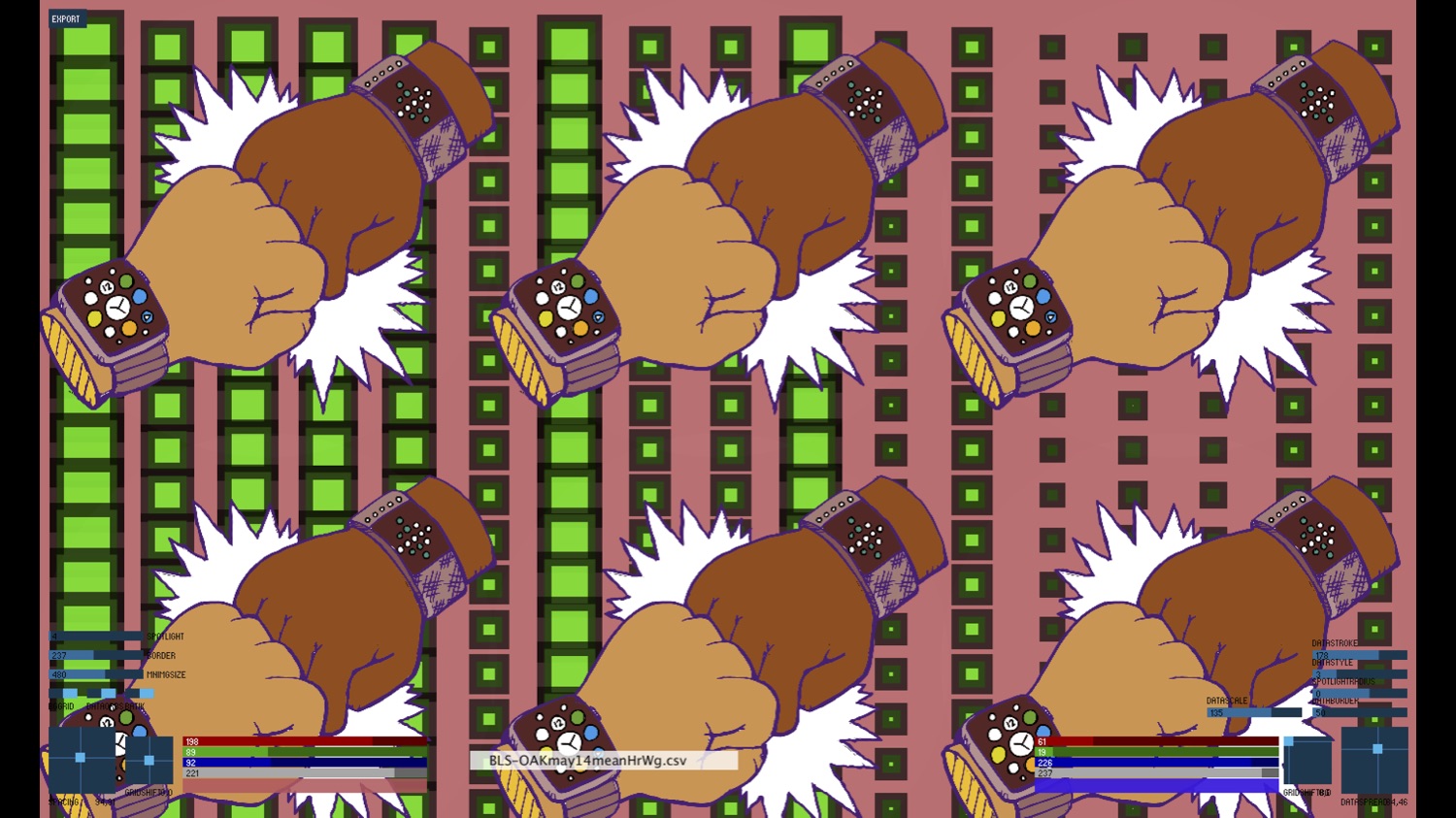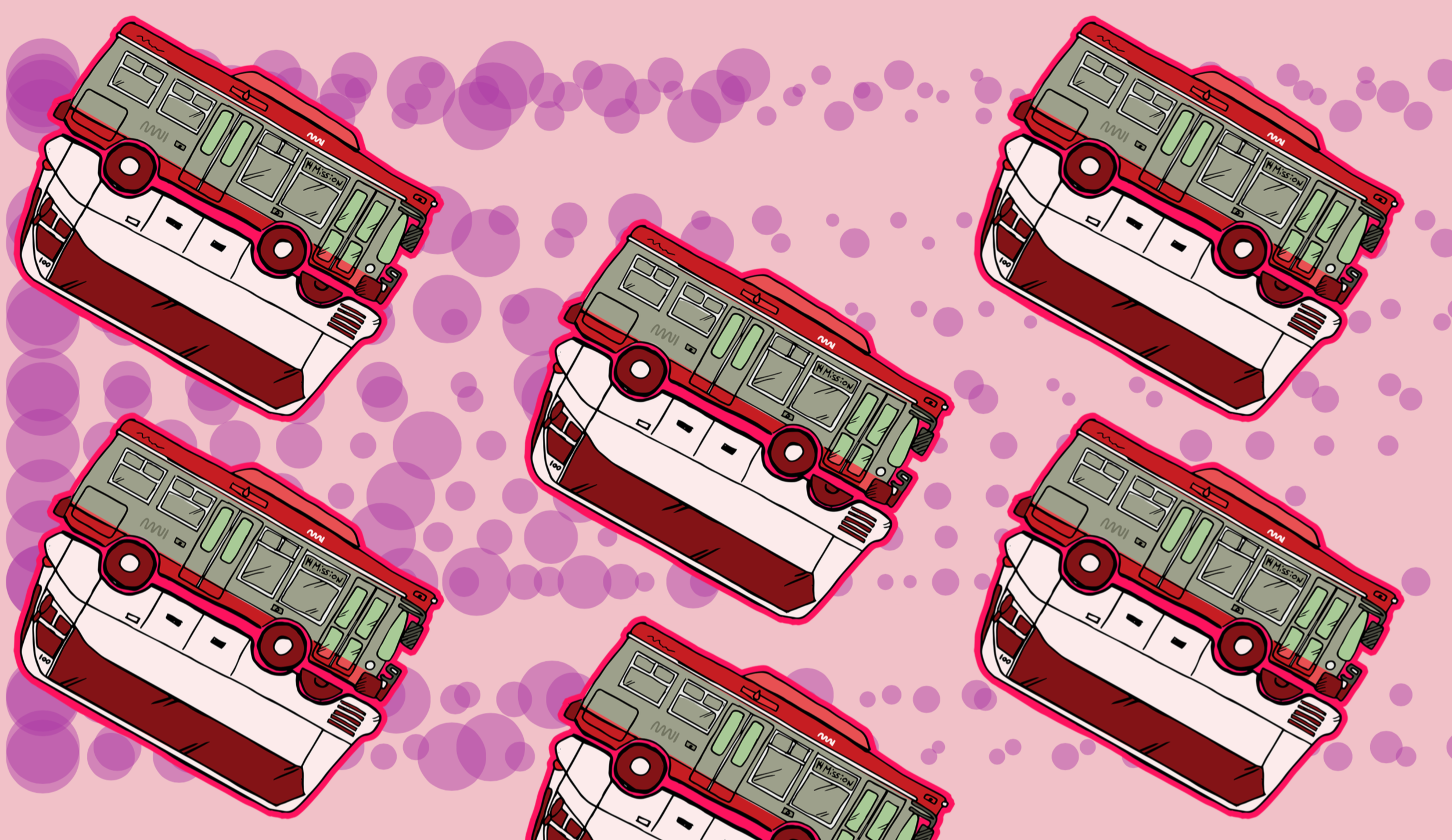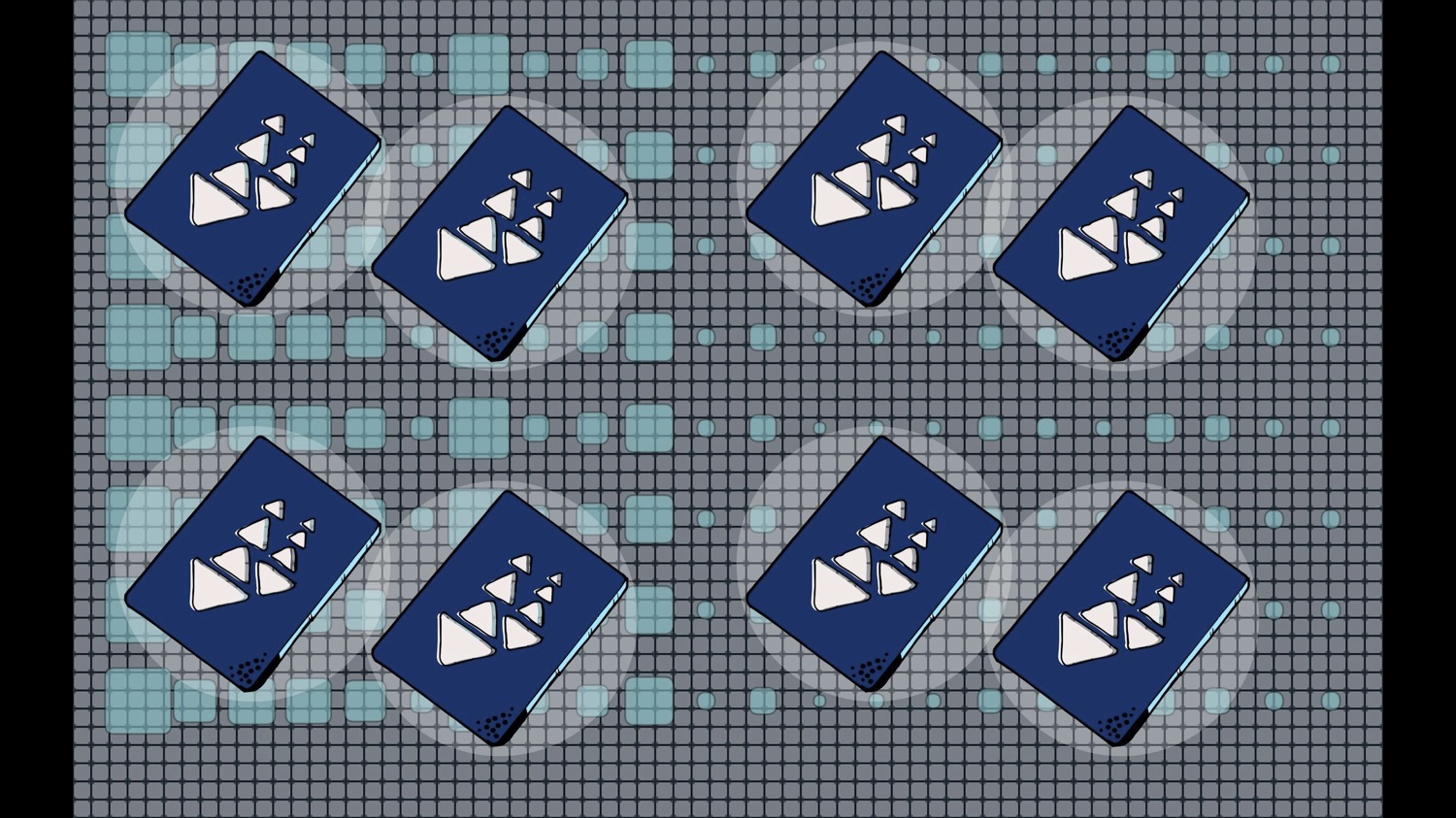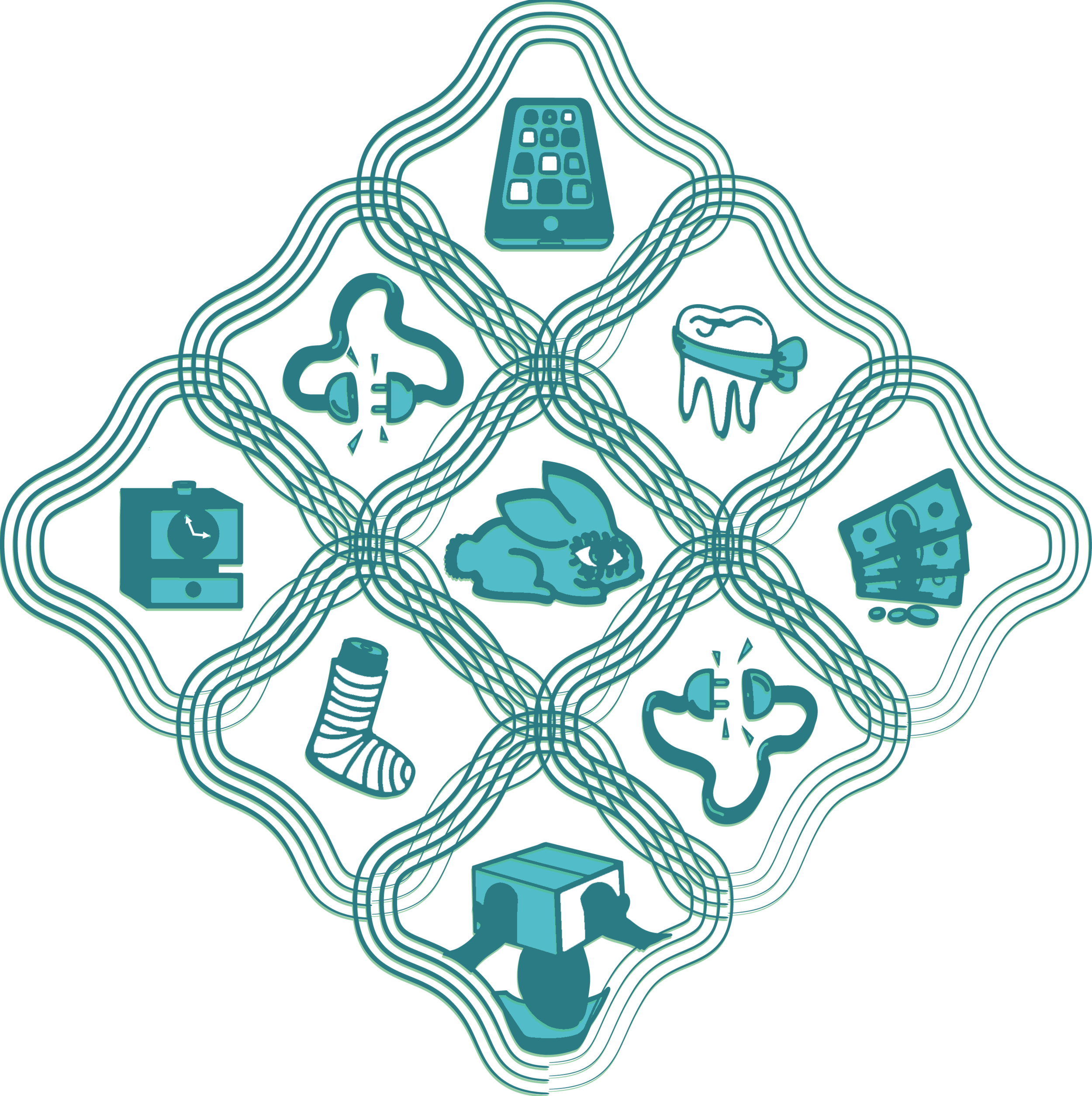The sleepyBoard is an Arduino-ready prototyping board that makes it easy to build your own Arduino with a boot-loaded ATmega and a few other components. It is, however, not IC specific meaning you can use it to prototype many different circuits. It's also the perfect size for an Arduino shield (see details).
This is the 3rd version, which moves the IC area from the lower part of the PCB to the center. I primarily create these for classroom use but I also use them in my own work. If you're interested in purchasing some, let me know! I'll be manufacturing the first run later this summer and I'll have some for sale on this site after that. Detailed instructions will be included.
